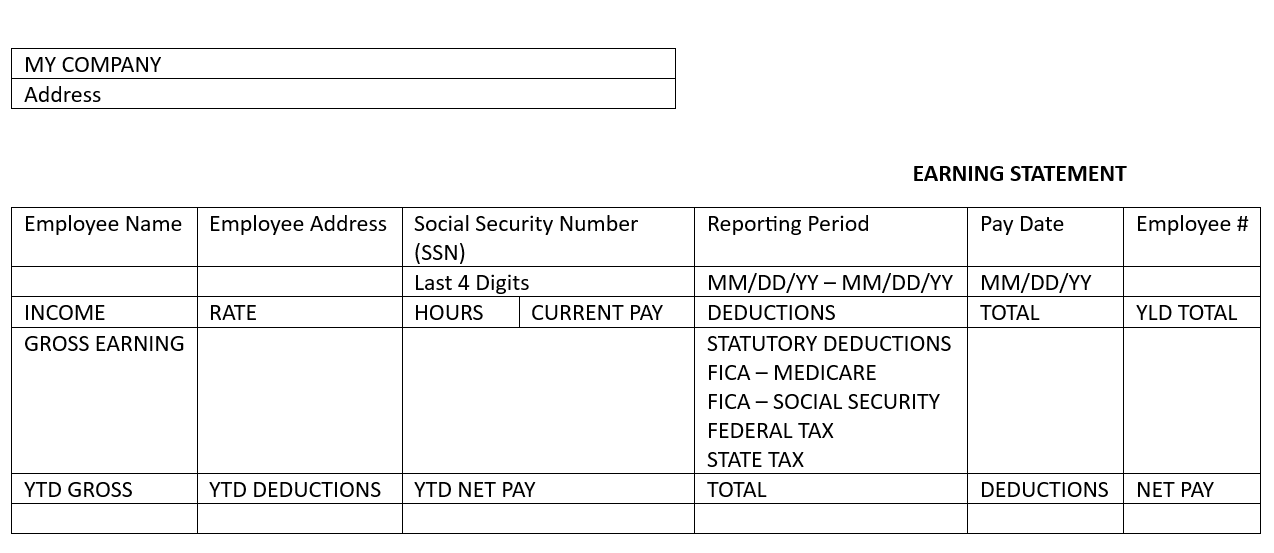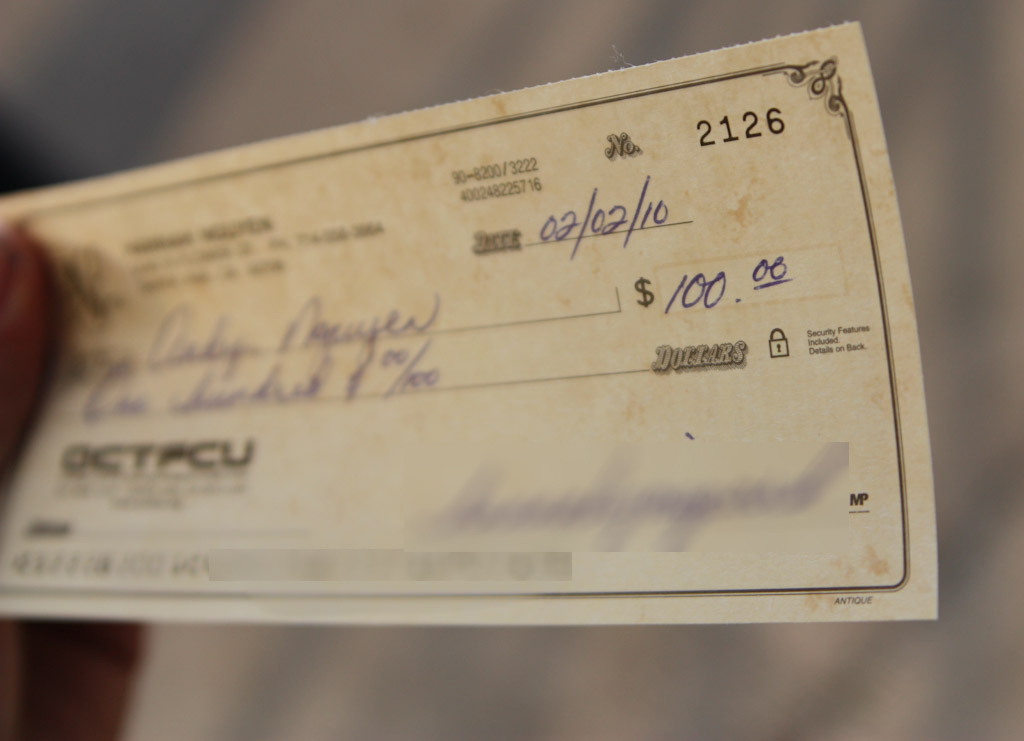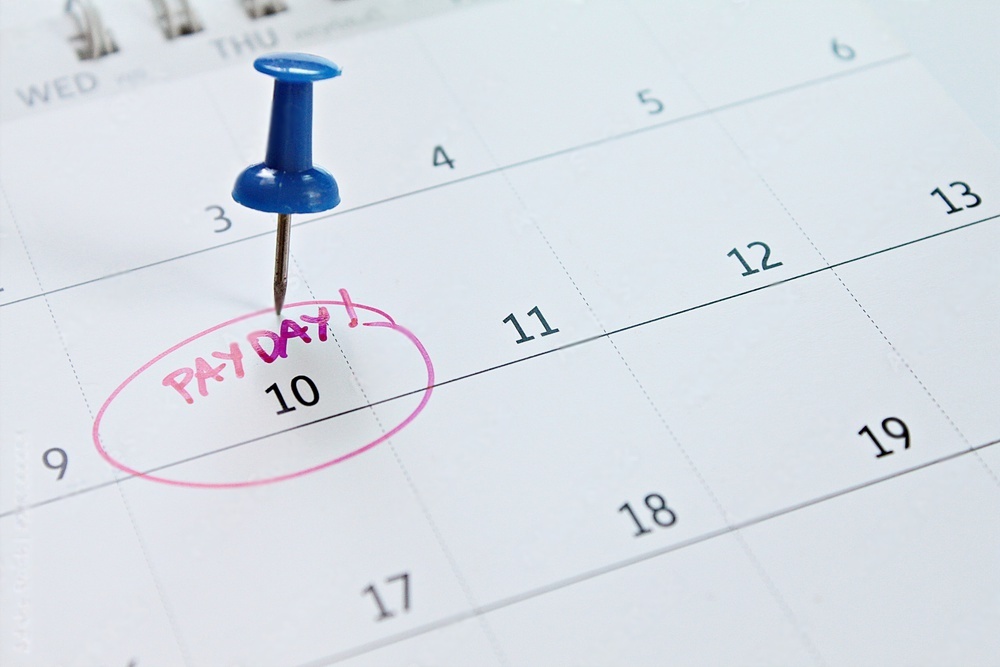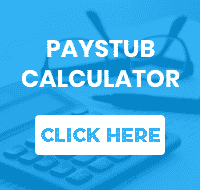When it comes to understanding pay stubs, you may be wondering, ‘What is ending date and issue date pay stub?’ This is a pivotal term in the payroll process, impacting both employers and employees.
In layman’s terms, the ‘ending date’ on a paystub indicates the final day of the pay period, while the ‘issue date’ is when the paystub is issued.
In this article, we’ll delve into the nuances of ending and issue dates on paystubs, elaborating further on their meanings and significance in the payroll process, along with know where to find period ending on pay stub.
Let’s jump in!
What this article covers:
Pay Periods vs. Pay Dates
Let’s look at pay periods and pay dates in greater detail and their significance in your financial journey.
Pay Period
A pay period is a regularly scheduled period of time during which employees earn their wages. This period has a defined start and end date, and typically, when one pay period ends, the next one begins without interruption.
The length of a pay period can vary depending on the company’s policy and can be weekly, biweekly, semimonthly, or monthly. For instance, pay periods can cover a two-week span, starting on a Sunday and ending on a Saturday.
Through our practical knowledge of pay periods, this structure is crucial for calculating wages, especially for hourly employees, and plays a significant role in determining how overtime is calculated and paid by employers.

Pay Date
The pay date is when the employees receive their earnings for the pay period they worked. It’s the date that goes alongside your advice number on check stub when they’re distributed or when earnings are deposited into employee bank accounts.
The pay date is also the date that appears on an employee’s paycheck or pay stub, making it a significant reference point for financial planning and record-keeping.
Our investigation demonstrated that by using our paystub generator, employers can avoid dates wrong on pay stub and rest assured that their payroll process is streamlined and error-free, providing peace of mind for both the business and its employees.
What Is a Typical Paystub Date Range?
This section will explore the typical date ranges for various pay periods, highlighting how they’re represented on paystubs.

Weekly Pay Periods
Weekly pay periods are quite common, especially in industries like construction, manufacturing, and transportation where the pay stub premium might appear in the payment itself.
In a weekly pay cycle, employees are paid every week, typically on the same day, such as every Thursday or Friday, resulting in 52 pay cycles per year.
As such, in a word pay stub creator, like the ones we use at Check Stub Maker, the date range for a weekly pay period will show the start and end dates of that specific week. For instance, it might go from Sunday to Saturday, with the corresponding dates.
Based on our first hand experience, this frequent pay cycle aids in better cash flow management for employees, which helps them budget their spending more efficiently.
Monthly Pay Periods
Monthly pay periods are typically reserved for employees who receive one paycheck per month. This usually occurs on a fixed date, like the first or last day of the month, ultimately equating to 12 paychecks per year.
With a monthly pay stubs or biweekly pay period, the date range will often reflect the entire month from the 1st to the 31st of January, for instance. This payment can vary in cases where employers need to know how to back date check stub to reflect a different payment date for their employees.

Custom Pay Periods
Custom pay periods are tailored to the specific needs of the business or employee arrangements and can vary significantly.
Drawing from our experience, they’re often used in unique employment situations, such as for temporary or seasonal workers, containing pertinent payment information on an example of pay stub with tips included.
For instance, a custom pay period might be set for the duration of a project or a specific number of working days or salary paystubs hours.
On our paystubs at Check Stub Maker, this period is clearly defined by the specific start and end dates of the customary period, ensuring transparency and accuracy in wage calculations between employers and employees.
Instant And On-Demand Pay
Instant and on-demand pay allows employees to access their earned wages immediately rather than waiting for the regular pay cycle.
While not common, our findings show that it’s increasingly popular in sectors with temporary or seasonal workers. In such cases, the paystub might show a range of dates during which the employee accessed their earnings, providing a detailed and transparent record of the pay received within the standard pay cycle.
Regardless of your payroll needs, we at Check Stub can help you make paystubs with customizable templates in our pay stub creator that accurately reflect your business’ unique ending and issue dates to ensure your employees get paid on time every time.

Conclusion
In this article, we’ve explored the intricacies of pay periods and pay dates, focusing on how they’re represented on paystubs.
Understanding these elements is crucial for accurate payroll management and financial planning during weekly, monthly, custom, or on-demand pay periods.
At CheckStub Maker, we pride ourselves on offering a user-friendly paystub maker that accurately reflects these details, ensuring compliance and clarity in payroll processes so you consistently get the pay you deserve.
Experience the ease and accuracy of CheckStub Maker’s payroll services today and take the first step towards streamlined payroll management!
If you want to learn more, why not check out these articles below:
- Standard Hours Increased on My Pay Stub
- How Do I Get My W2 If Company Closed And Don’t Have Pay Check Stub
- 3 Paystubs in One Month
- W2 to Paystub
- Pay Stub for Self Employed
- How to Show Pay Stubs When Self Employed
- If I Own a Business Do I Get Pay Stubs
- Is It Illegal to Keep Check Stubs From the Employee When They Have Direct Deposit?
- What You Can Do If You Work Wont Give You Your Paystubs
- If My Pay Stub Says Vacation Time Do They Have to Give It to Me?
- What Does Direct Mean on Your Paystub?
- What Does TPAF Contributory Insurance Mean on a Pay Stub?
- What Does SDF Mean on a Check Stub?
- What Does a Control # on a Pay Stub Mean?
- What Is Flex Credit on Pay Stub?




